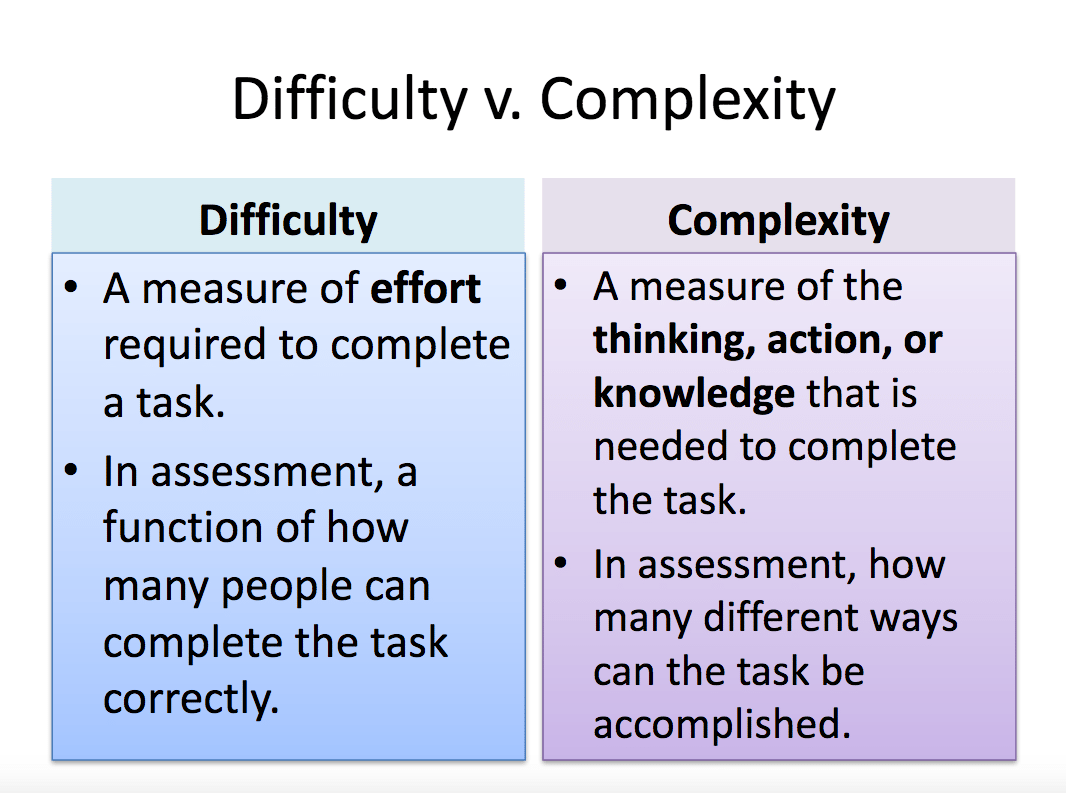Rigorous Reading: Building Strength and Stamina with Dr. Douglas Fisher

Dr. Fisher continued on to discuss key points it takes for students to read at increased difficulty and complexity, beginning with purpose and modeling. With purpose and modeling, students should ask more than just, “What have I learned?” but, “Why have I learned this?” and “How will I know I have learned this?” He also highlighted the importance of modeling things like comprehension, text structures, word solving, or text features wit
Dr. Fisher noted that although we try to get kids to read more complex text, this is not the only goal. Students read more complex text to build strength, while they read less complex text to build stamina. According to Dr. Fisher, “Assigning hard books will not ensure students learn at high levels.” He recommended a close reading lesson, rereading short passages of complex pieces of text, and changing the task during each rereading to keep students interested. For example, one rereading could be focused on the flow of the text, while the next rereading could be focused on annotating the text.

He finished the webinar noting the importance of formative assessment of students. Teachers can approach what their students still need to be taught by establishing a learning target, checking for understanding and feedback, and using student performance data to develop next steps for student instruction. This method allows teachers to evaluate patterns of error in the classroom and better support students’ needs. With this system, teachers can focus on the students that need extra help in certain areas, rather than reteaching the entire class.
About the Presenter
Dr. Douglas Fisher is the Chair of the Department of Educational Leadership at San Diego State University and a teacher leader at Health Sciences High & Middle College in San Diego, California. An award-winning author, educator, and researcher, his work focuses on school improvement, especially in the areas of quality instruction and raising student achievement.
Join the Differentiating Instruction with Educational Technology Community
Differentiating Instruction with Educational Technology is a professional learning community (PLC) that provides educators, curriculum leaders, and industry members with a place to collaborate on best practices for using educational technology to differentiate instruction. Join the free Differentiating Instruction with Educational Technology professional learning community on edWeb.net for invitations to upcoming webinars, online discussions, and access to resources.
About the Sponsor





Comments are closed.